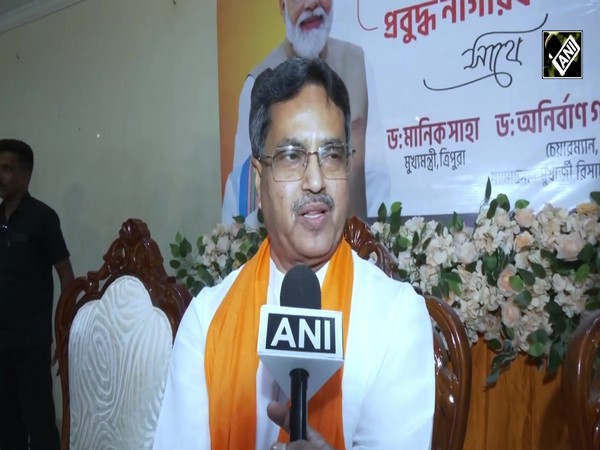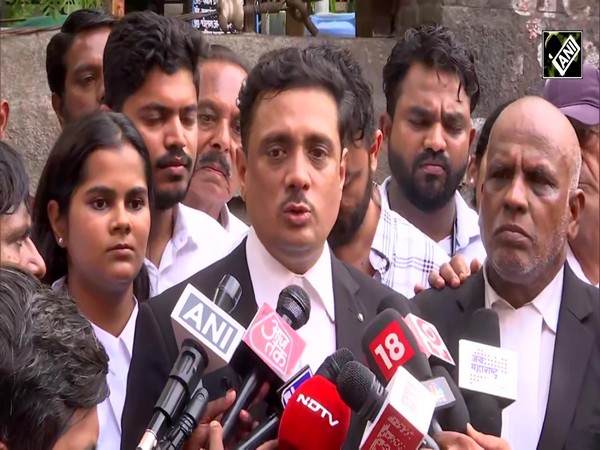Monsoon holds key for RBI's future monetary policy actions
May 11, 2024

New Delhi [India], May 11 : As parts of India witness heatwaves this summer, chances of the Reserve Bank of India (RBI) cutting key interest rates have also diminished.
Severe heat conditions in the country are likely to have an impact on food prices, according to a report by the Bank of Baroda, and it asserted that monsoon now holds the key.
IMD has though predicted above-normal monsoon for this year.
Southwest monsoon normally sets in over Kerala on June 1 with a standard deviation of about seven days. These rains are crucial, especially for kharif crops dependent on rains. India has three cropping seasons -- summer, kharif and rabi.
Pressure in food prices has been interrupting the ongoing disinflation process in India, and posing challenges for the final descent of the inflation trajectory to the 4 per cent target.
"RBI will closely monitor timing and distribution of rainfall before cutting rates," the Bank of Baroda report read.
The RBI typically conducts six bimonthly meetings in a financial year, where it deliberates interest rates, money supply, inflation outlook, and various macroeconomic indicators. The other five meetings are scheduled for June 5-7, 2024; August 6-8, 2024; October 7-9, 2024; December 4-6, 2024; and February 5-7, 2025.
The RBI is currently focused on bringing down the inflation to 4 per cent target on a durable basis. Along anticipated lines, RBI kept the policy repo rate unchanged at 6.50 per cent, the seventh time in a row. The repo rate is the rate of interest at which the RBI lends to other banks.
Further, the lender's report asserted that heat-wave conditions have impacted the travel sector with air passenger, diesel consumption and toll collections moderating. However, green shoots are visible in higher auto sales, vehicle registrations and electricity demand.
"With the onset of extreme heat conditions, travel has been impacted."
Domestic demand continues to exhibhit improvement as reflected through high frequency indicators including fertilizer sales, auto sales, vehicle registration and rising power demand.
IMD in its first long range forecast has stated the South-West Monsoon (June-September) this year is expected to be above normal (106 per cent of the long period average). Skymet, a private forecaster, has also forecast a normal monsoon this year.
As per the Bank of Baroda report, so far, the sowing area of summer crop is 7.2 per cent higher from last year.
In a not-so-good news, the water level in reservoirs dropped to 28 per cent (35 per cent last year) of total storage capacity, the lender's report said.




















